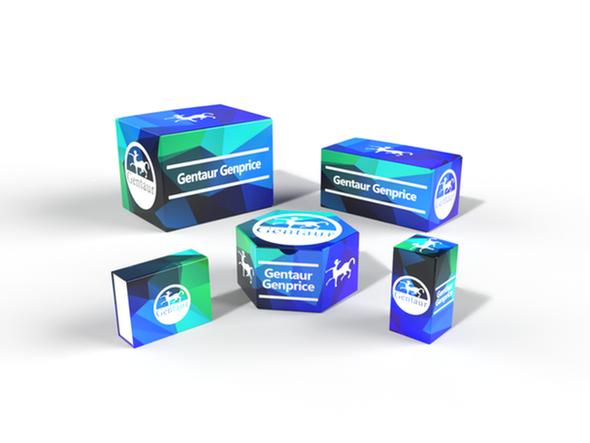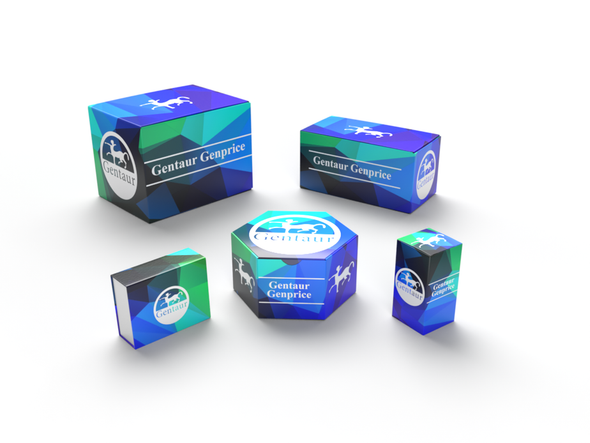Description
Fibroblast Growth Factor 4/FGF-4 | E21-R08 | Gentaur UK, US & Europe Distribution
Short Description: Recombinant Human Fibroblast Growth Factor 4 is produced by our E.coli expression system and the target gene encoding Ser54-Leu206 is expressed.
Shipping: Ambient
Formulation: Lyophilized from a 0.2 m filtered solution of PBS, pH7.4.
Storage: Lyophilized protein should be stored at < -20C, though stable at room temperature for 3 weeks.
Reconstituted protein solution can be stored at 4-7C for 2-7 days.
Aliquots of reconstituted samples are stable at < -20C for 3 months.
Reconstitution: Always centrifuge tubes before opening. Do not mix by vortex or pipetting.
It is not recommended to reconstitute to a concentration less than 100 g /ml.
Dissolve the lyophilized protein in ddH2O.
Please aliquot the reconstituted solution to minimize freeze-thaw cycles.
Purity: Greater than 95% as determined by reducing SDS-PAGE.
Endotoxin: Less than 0.1 ng/g (1 IEU/g) as determined by LAL test.
Background: Fibroblast growth factor 4 (FGF-4) is a heparin binding member of the FGF family. The human FGF4 cDNA encodes 206 amino acids (aa) with a 33 aa signal sequence and a 173 aa mature protein with an FGF homology domain that contains a heparin binding region near the C-terminus. Mature human FGF4 shares 91%, 82%, 94% and 91% aa identity with mouse, rat, canine and bovine FGF4, respectively. Human FGF-4 has been shown to exhibit cross species activity. Expression of FGF-4 and its receptors, FGF R1c, 2c, 3c and 4, is spatially and temporally regulated during embryonic development. FGF-4 is proposed to play a physiologically relevant role in human embryonic stem cell selfrenewal. It promotes stem cell proliferation, but may also aid differentiation depending on context and concentration, and is often included in embryonic stem cell media in vitro. FGF-4 is mitogenic for fibroblasts and endothelial cells in vitro and has autocrine transforming potential. It is a potent angiogenesis promoter in vivo and has been investigated as therapy for coronary artery disease.
Species: Human
Expression System: E.coli










